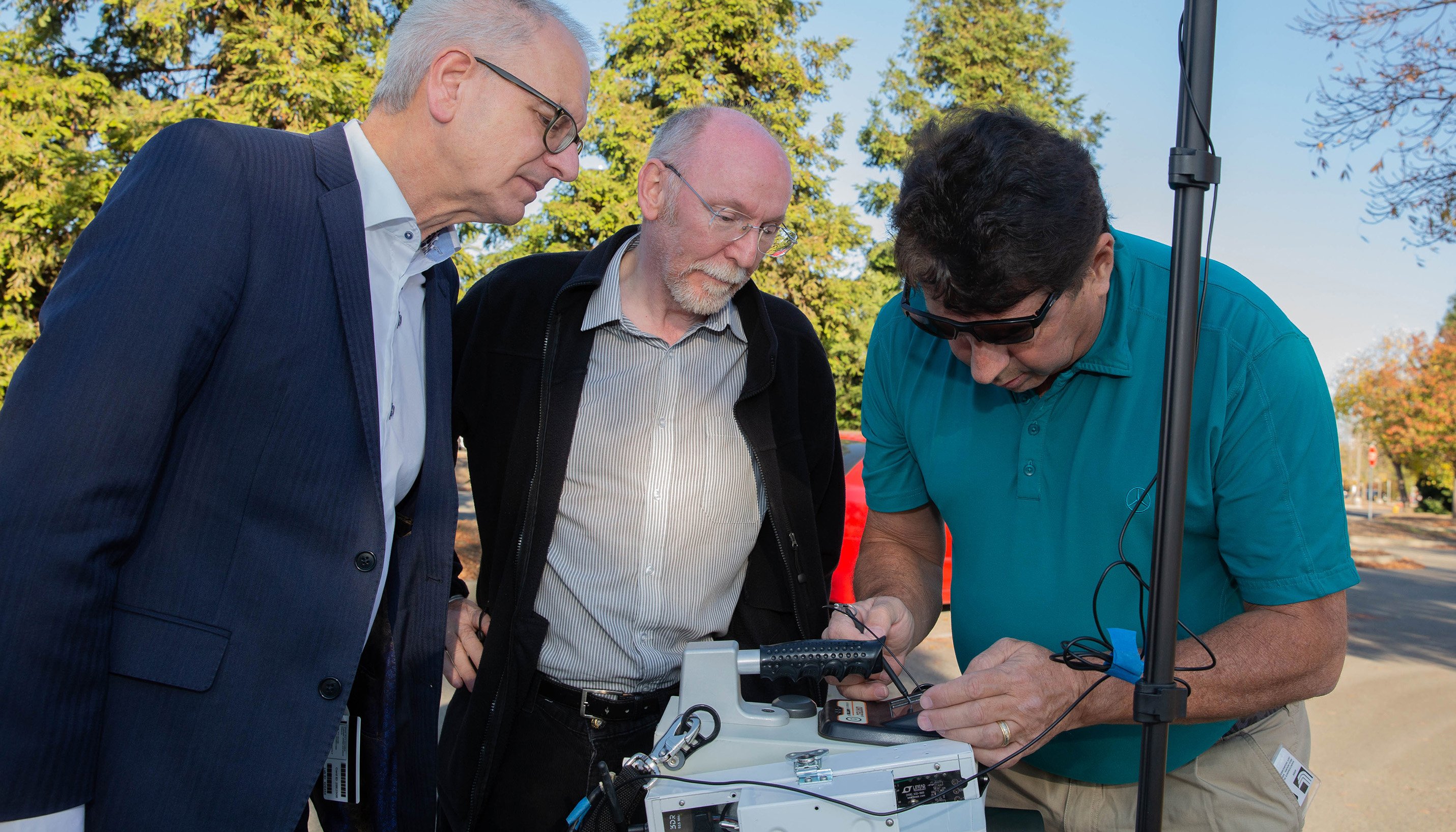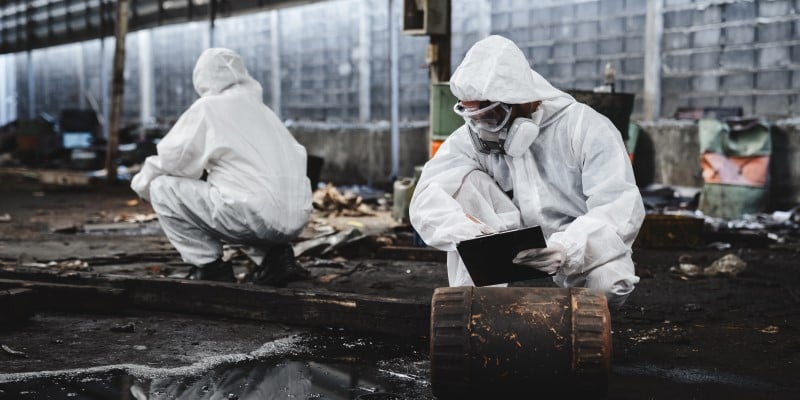 Maintaining operational readiness in the detection and identification of radiological and nuclear threats is a vital aspect of chemical, biological, radiological and nuclear (CBRN) training, whether for the purposes of CBRN military defense, emergency management or nuclear safety and security.
Maintaining operational readiness in the detection and identification of radiological and nuclear threats is a vital aspect of chemical, biological, radiological and nuclear (CBRN) training, whether for the purposes of CBRN military defense, emergency management or nuclear safety and security.
The schooling is intensive, covering an array of practical, technical and scientific skills including reconnaissance detection, survey training, hazard plotting and the fundamentals of chemistry.
When it comes to training for radiological incidents however, there are inherent logistical challenges.
Any exposure to radiation carries with it some degree of risk - and the training environment is no exception.
The safety of trainees, instructors and the environment is paramount and compliance with legislative, administrative and Health and Safety regulations is essential.
But in attempting to safely replicate real-life radiological conditions using small quantities of radioactive sources, or harmless levels of background radiation, the realism can only ever extend so far.
Implementing realistic radiation training
Traditional radiation training methods often rely on an instructor communicating a set of predetermined information to their trainees.
While this approach is safe and easy to implement, there can also be an inherent lack of authenticity with less opportunity for trainees to truly "take ownership" of their own decisions.
Providing students with the chance to get hands-on with their actual detector equipment is vitally important in ensuring they are able to confidently and efficiently carry out their duties, whatever the conditions.
Radiological detection instruments are designed to be as straightforward as possible to use, but improvements in technology mean they are also becoming increasingly sophisticated.
The Ortec Detective X high purity germanium (HPGe) Radioisotope Identification Device (RIID), for example, is a device that has been specifically designed for military use in sample and survey operations.
The high energy resolution of the Detective X, together with its wide spectral structure, its advanced level of standoff detection and its comprehensive library of more than 175 radionuclides makes it an invaluable resource for mission-critical radiological detection and identification.
To many, it is also regarded as being the "final arbiter" when it comes to the effective detection and measurement of radioactive substances.
Replicating real-life radiological conditions
Creating hands-on CBRN training exercises that are based on highly realistic representations of individual or mixed radionuclides is something that has always been difficult to achieve, and this is especially the case when it comes to high resolution detectors, such as the Detective X, that rely on the use of germanium sensors.
With the development and commercialization of the new Radiation Field Training Simulator (RaFTS) however, there is now the opportunity for CBRN instructors to incorporate actual Ortec Detective X directly into their training exercises and for those detectors to respond just as they will in real-life conditions.
RaFTS was initially developed by the Lawrence Livermore National Laboratory (LLNL), with Argon Electronics carrying out subsequent enhancements under a Cooperative Research and Development Agreement (CRADA).
The recent signing of a commercialization and distribution license for the RaFTS technology now opens the doors to end-users and detector manufacturers to engage with this vital addition to the field of radiological detection.
RaFTS makes it possible for radiological instructors to implement hands-on radiation training exercises that utilize actual detector equipment and that are based on highly realistic representations of individual and mixed radionuclides.
In the case of the Detective X, the RaFTS hardware is mounted directly onto the the actual detector, enabling it to interface directly with the device's circuitry.
The detector is then able to respond exactly as it would in a real-life incident, but without the need for an actual radiation source.
Opportunities for end-users and manufacturers
An increasingly important element of effective CBRN training is the provision of realistic scenarios that replicate the challenges and complexities of real-life radiological incidents.
The output that RaFTS provides now makes this goal possible by realistically recreating all the behaviour, responses and physics of real-world usage.
Crucially too, instructors can now be sure that their students understand the significance of changes of measurement, that they know how to make sense of the readings they obtain and that they able to accurately relay vital information further up the chain of command.
Argon Electronics is keen to engage with both end-users and detector manufacturers who are interested to enhance user training in the field of radiological detection. Please feel free to contact a member of our team for further information.
Photo credit: Argon and LLNL review RaFTS HPGE field exercise performance. © LLNL







